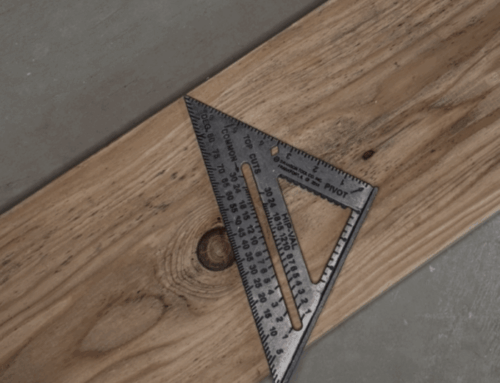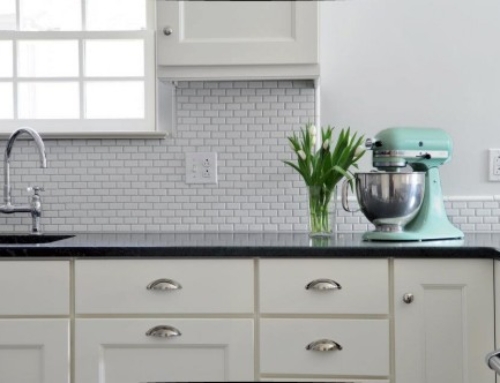The Glam World of Property Development: Water Damage Woes
Part Two of an Occasional Series
Water damage. While those two words can strike fear in the hearts of average homeowners, they can be a welcome message for property developers. While many buyers would walk away from a deal on a home with water stains or active leaks, if you are a developer or first-time homebuyer with the right know-how, you can cash in on this type of property. But only if you proceed with caution!
Here is a gallery of snaps of water damage I took at a recent initial property walkthrough
.
You can see from the photos that there are some buckled floorboards, dead plaster, third floor ceiling damage from the roof, and second floor paint blowing off of ceilings. This is a scary house for most homebuyers. But let’s look closer. We need to know what caused the areas of water damage so we can assess costs for fixing them.
Floor boards – This is top-nailed, 5/16” x 2, 1/4” oak. It’s easy to pull out the few buckled boards and patch in new. Then, all of the floors would need to be refinished. More than likely, the damage happened when the seller’s winterizing service allowed the radiators to drain onto the floor instead of into a bucket. Another possible cause is cracked radiator lines. Be sure to have a professional plumber look for these.
Ceiling damage – Some of the mess is due to the radiator water, and some on the third floor is from the roof. These homes have a flat roof with one scupper at the rear. Typically, this is where the roof will first fail. Be sure to have a roofer check for and make necessary repairs.
Wall damage – Some of this is dead plaster. Old plaster walls are “keyed” into the wooden lath behind them. On inexpensive homes of the 1920’s and 1930’s, we often see the plaster is thin, and with age it finally fails. We can pull the plaster off that wall and drywall it, or patch the affected area with new plaster.





